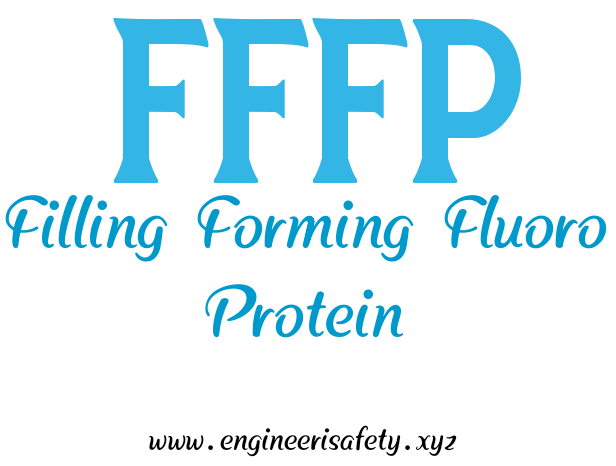(FFFP) Filling Forming Fluoro Protein Concentrat
The FFFP foam fire extinguisher is effective on Class A and Class B fires. FFFP is an alcohol resistant agent, which enables the combination of class B fires, alcohols, polar solvents, hydrocarbons, and these. It can be applied to a Class B liquid spill to prevent ignition.(FFFP) Filling Forming Fluoro Protein Making Film
The term FFFP is the most commonly used term and FFFP foam comes in many types such as FFFP 3%,FFFP 6% and specific names such as FOMTP such as FFFP 3% ICAO. It is also known as 'fluoro protein','fluoroprotein', 'filmforming', and 'film production'.
Applications of FFFP
FFFP 3% Ultra
It can be used in dry powder/ foam twin agent system and it's compatible with all dry powder.
 |
| FFFP 3% |
FFFP 3% ICAO
FFFP 3% ICAO is used for use on B-class hydrocarbon fuel fires, such as oil, petroleum and aviation fuels. Fomtec FFFP 3% ICAO can be applied directly to the fire surface and is also suitable for subsurface injection.
It can be used in dry powder/ foam twin agent system and it's compatible with all dry powder.
FFFP 6%
FFFP 6% is used for use on B-class hydrocarbon fuel fires, such as oil, petroleum and aviation fuels. Fomtec FFFP 6% can be applied directly to the fire surface and is also suitable for subsurface injection.
It can be used in dry powder/ foam twin agent system and it's compatible with all dry powder.
FFFP 6% ICAD
FFFP 6% ICAO is used for use on B-class hydrocarbon fuel fires, such as oil, petroleum and aviation fuels. Fomtec FFFP 6% ICAD can be applied directly to the fire surface and is also suitable for subsurface injection. It can be used in dry powder/ foam twin agent system and it's compatible with all dry powder.
Subscribe to EngineeriSafety to learn more about Safety Management.
Thank you for visiting here..


Comments
Post a Comment